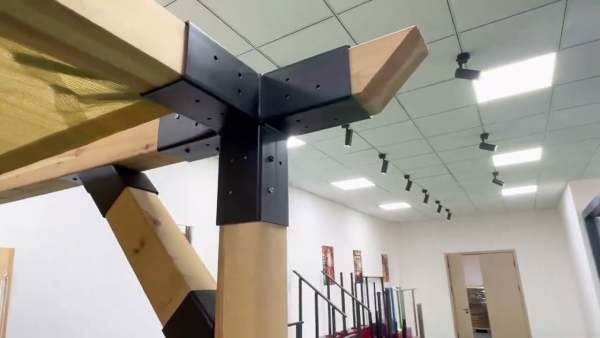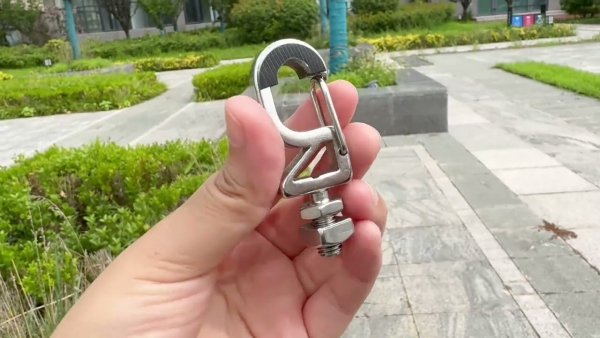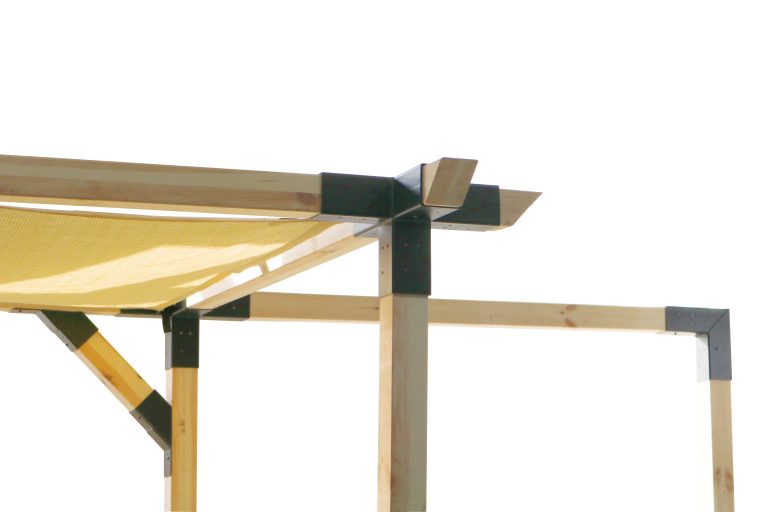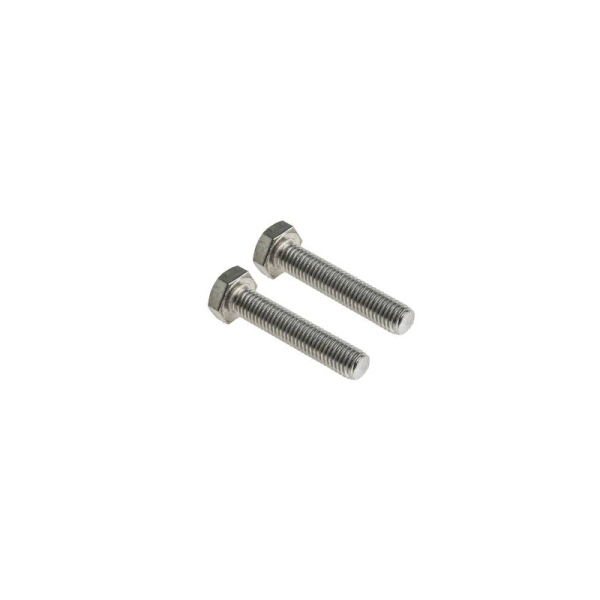Table of Contents
China Best Makers: A Guide to Choosing the Right Pergola for Your Backyard
When it comes to enhancing the aesthetics and functionality of your backyard, a pergola can be a great addition. Pergolas are versatile outdoor structures that can provide shade, support climbing plants, and create a cozy outdoor living space. However, before you install a pergola in your backyard, it is important to consider the structural requirements, including the need for footings.
Footings are an essential component of any pergola structure, as they provide stability and support for the entire system. Without proper footings, a pergola may not be able to withstand the elements, such as strong winds or heavy snow loads. In addition, footings help distribute the weight of the pergola evenly, preventing it from sinking into the ground over time.
So, does a pergola need footings? The short answer is yes. In most cases, a pergola will require footings to ensure its structural integrity and longevity. The type of footings needed will depend on various factors, including the size of the pergola, the local climate conditions, and the soil composition of your backyard.
For smaller pergolas or those with lightweight materials, such as aluminum or vinyl, simple concrete footings may be sufficient. These footings can be poured directly into the ground and provide a solid base for the pergola posts to be anchored. However, for larger pergolas or those made of heavier materials, such as wood or steel, more complex footings may be necessary.
In some cases, you may need to use sonotubes or concrete piers to create a more stable foundation for your pergola. Sonotubes are cylindrical forms that are placed in the ground and filled with concrete to create a strong footing for the pergola posts. Concrete piers, on the other hand, are precast concrete blocks that are placed on top of the ground and provide a stable base for the pergola structure.
Before installing footings for your pergola, it is important to consult with a professional contractor or engineer to ensure that the footings meet local building codes and regulations. They will be able to assess the specific requirements of your backyard and recommend the best footing solution for your pergola.
In conclusion, footings are an essential component of any pergola structure, providing stability and support for the entire system. While the type of footings needed will depend on various factors, such as the size and material of the pergola, it is important to ensure that proper footings are installed to ensure the structural integrity and longevity of your pergola. By consulting with a professional contractor or engineer, you can ensure that your pergola is built to last and enhance the beauty of your backyard for years to come.
Does a Pergola Need Footings: What You Need to Know Before Building Your Own Backyard Oasis
When it comes to creating a beautiful outdoor space, a pergola can be a great addition to any backyard. Not only does it provide shade and a place to relax, but it also adds a touch of elegance to your outdoor living area. However, before you start building your own pergola, there are some important considerations to keep in mind. One of the most crucial aspects of building a pergola is ensuring that it has a solid foundation. This leads to the question: does a pergola need footings?
In short, yes, a pergola does need footings. Footings are essential for providing stability and support to the structure, especially in areas with harsh weather conditions. Without proper footings, a pergola can easily become unstable and may not be able to withstand strong winds or heavy loads. Additionally, footings help distribute the weight of the pergola evenly, preventing it from sinking into the ground over time.
There are several types of footings that can be used for a pergola, including concrete footings, helical piers, and deck blocks. Concrete footings are the most common and durable option, as they provide a solid base for the pergola to rest on. Helical piers are another popular choice, especially in areas with unstable soil or high water tables. These piers are screwed into the ground to provide support for the pergola. Deck blocks are a more affordable option, but they may not be as sturdy as concrete footings or helical piers.

When determining the size and type of footings needed for your pergola, it is important to consider the size and weight of the structure, as well as the local building codes and regulations. In general, larger pergolas with heavier materials will require larger and more robust footings to ensure stability. It is always best to consult with a professional contractor or engineer to determine the appropriate footing size and type for your specific project.
In addition to footings, it is also important to consider the location of your pergola. Ideally, the pergola should be placed on a level surface to ensure proper support and stability. If the ground is uneven or sloped, you may need to make adjustments to the footings or use additional support structures to level the pergola.
Overall, footings are an essential component of building a pergola. They provide the necessary support and stability to ensure that your pergola stands the test of time. By investing in proper footings, you can enjoy your outdoor oasis for years to come. So, before you start building your own backyard pergola, make sure to plan for the necessary footings to create a solid foundation for your outdoor retreat.







